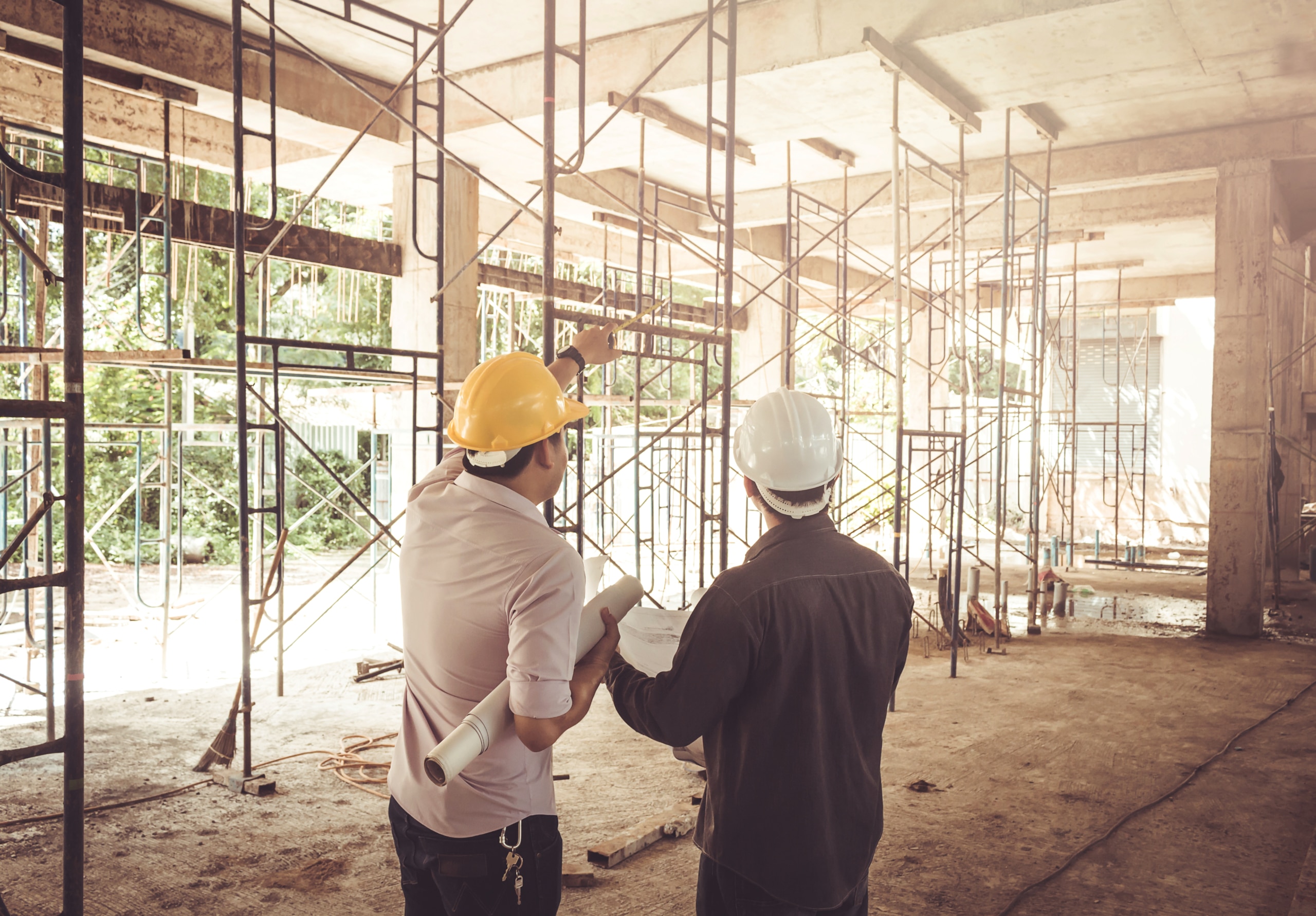Update: June 16. 2021. According to the National Association of Realtors, the U.S. is now short between 5 million and 6.8 million housing units. A new study has called for a “once in a generation” governmental response to push builders to add more single family homes, townhomes, condos, multi-family and rental properties.
“We’re four million homes short,” I said to WGN Radio host John Williams the other day.
To which he replied, “I don’t understand. Isn’t everyone living somewhere right now?”
Leave it to John to ask the right question. Other than a growing homeless population, the nation is experiencing a housing shortage unlike anything I’ve seen in the 25+ years I’ve been writing about real estate. As Sam Khater, chief economist at Freddie Mac put it in the Wall Street Journal, “We should have almost four million more housing units if we had kept up with demand the last few years. This is what you get when you underbuild for 10 years.”
Why can’t you buy a home?
A lot of real estate observers say the reason those who want to buy a home can’t is that is not enough sellers are selling. That’s true, and there are a lot of reasons why they aren’t, including that they want more space, are paying less (thanks to historic low interest rates), and they’d get less house for the money if they moved.
New households are forming
But, there’s another reason we’re four million homes short: household formation. We’ve been growing households faster than homes for them to buy. Right after the Great Recession, we had years where the U.S. only built around 350,000 new homes per year. This year, housing starts have finally passed that 1.5 million threshold, registering 1.7 million in March 2021, up 19.4% from the February 2021 estimate, according to the U.S. Census Bureau.
Houses are becoming unlivable and need to be replaced
And, let’s not forget all of the houses that become unlivable every year. That’s right. Each year, a tiny percentage of the homes that exist in the U.S. become so old and dilapidated that they need to be replaced. So, in addition to household formation, there is unlivable housing that must be torn down.
Household growth from 1990-2040
Laurie Goodman, vice president, Housing Finance Policy at The Urban Institute, recently published a blog that looked at household growth over the next two decades. She found:
- Household growth averaged 12.4 million per decade from 1990-2010
- But just 7.3 million from 2010-2020
- And is projected to grow by just 8.5 million from 2020-2030
- And will be growing at an even slower 7.6 million per decade pace from 2030-2040
There’s growth, but it’s at a far slower pace. Why is it happening? According to Goodman, the decline in household formation is the result of slowing U.S. population growth (aided by declining birthrates and declining immigration).
Net household growth will be from households of color
Interestingly, she says the data shows that “all net household growth” will be from households of color. She projects that over the 20 years from 2020-2040, there will be 16.1 million net new households. Roughly half will be Hispanic households, a quarter will be Asian, and slightly less than a quarter will be Black. (Want to see what your state’s household formation looks like? Check out this new tool.)
Homeownership rate will fall as household formation falters
The homeownership rate will continue to fall in every age group. Millennials have gotten the short end of the stick, mostly because they came of age during the Great Recession and that, Goodman argues, has hindered their ability to become homeowners. Renter growth, she writes, will explode, with 9.3 million net new renter households, an increase of 21 percent.
Because, as John Williams notes, we all live somewhere. If you can’t own, you rent. Or, you cop a couch somewhere, perhaps with your parents or a sibling.
But back to the question at hand: If household formation is going to slow down, won’t we get through this shortage bubble and not really need to build an enormous amount of homes? Won’t we have enough?
Do we really need to build more new homes?
Another good question. The trouble is, we’re short of homes now. And prices are skyrocketing, putting homeownership out of reach for more young people. We need more homes now.
It takes awhile to find land, get your plans together, go to the local zoning board, get your approvals in place, hire your contractors, build the hardscape and then build all of the houses. Oh, and then sell them. A lot of times, the developer has to front all of the early expenses since most lenders won’t provide financing until a certain percentage of the property has been sold. (Which is why so many high rise rental buildings get built. They’re easier to finance.)
It’s a long road for developers building new home developments. It can take anywhere from 5 to 10 years. Successful real estate developers have to plan way ahead, and then get lucky. But in the Great Recession, a lot of smaller, mom-and-pop developers who might build 20-30 homes a year, got caught holding a lot of homes/land they couldn’t sell and went into foreclosure.
We need to build new homes now, so that everyone who wants to buy a home and take advantage of these incredibly low interest rates, can. Household formation isn’t going negative – it just doesn’t look like it’s going to be as strong as it was when the youngest of the Baby Boomers and Gen-X came of age.
What do you think?







Leave A Comment